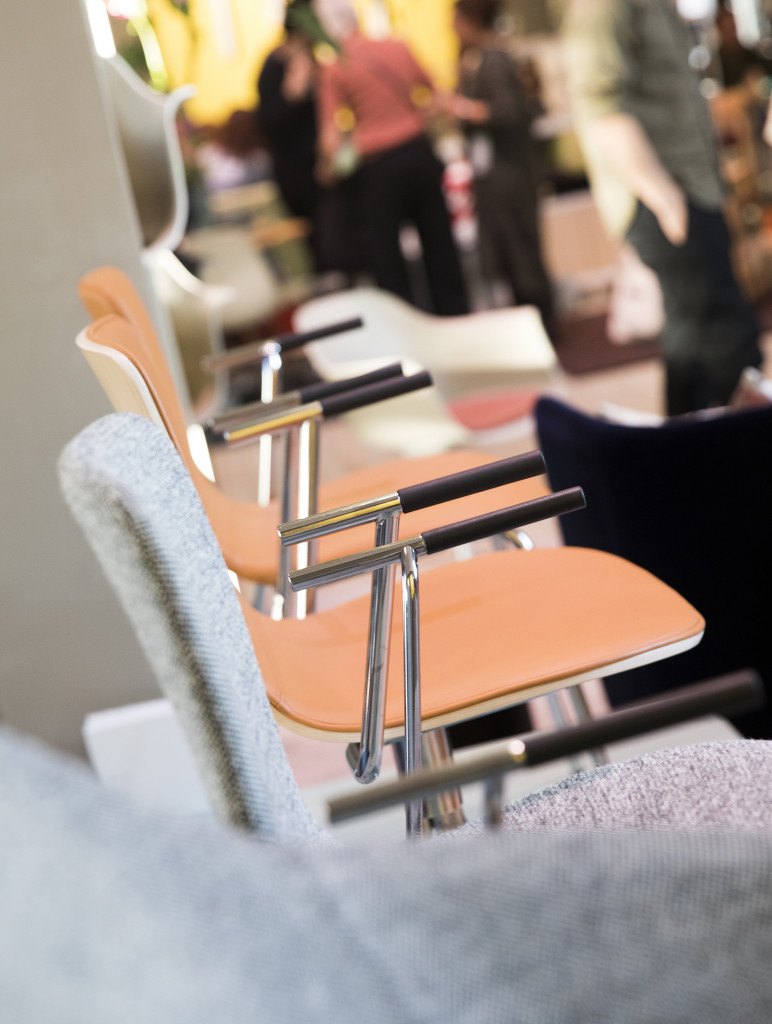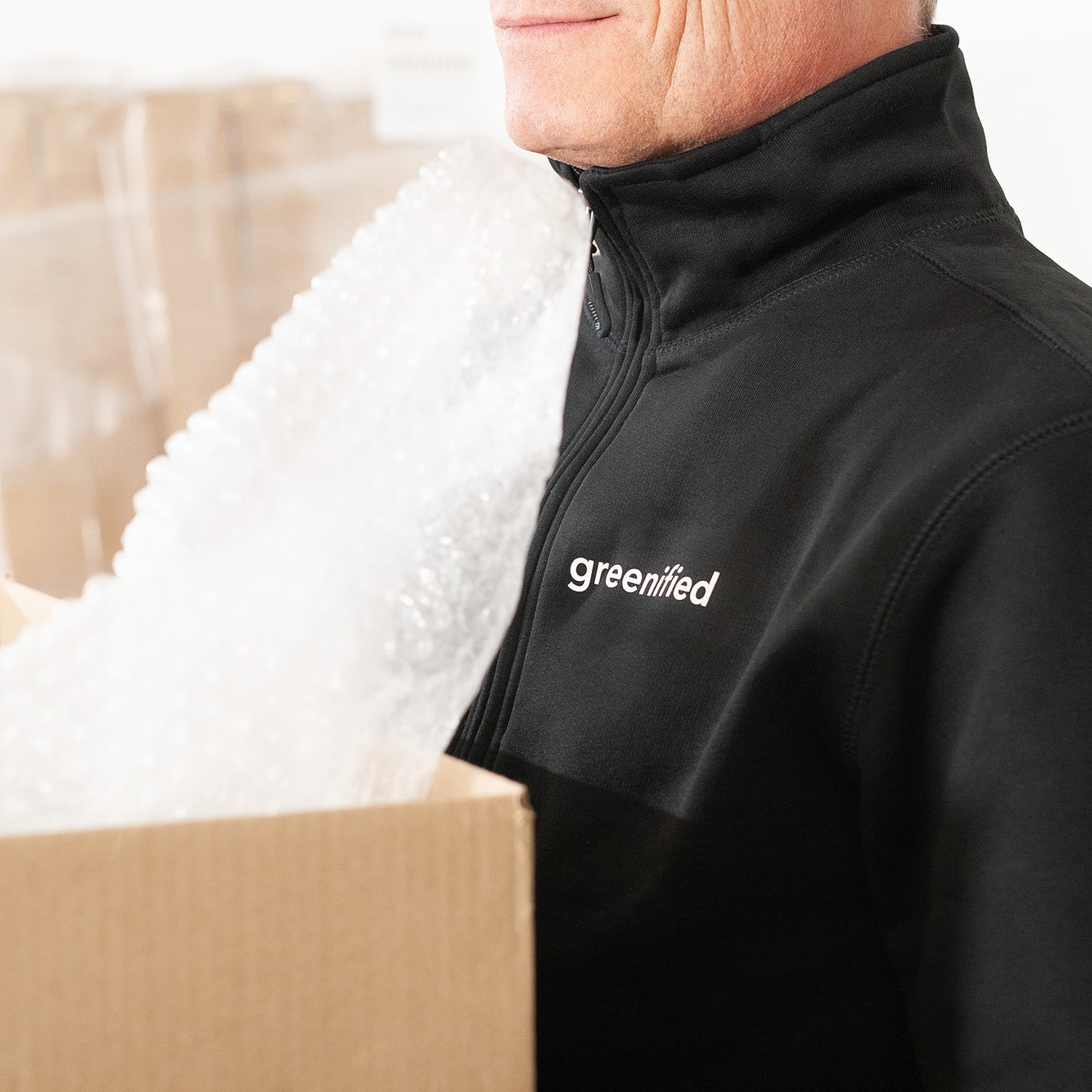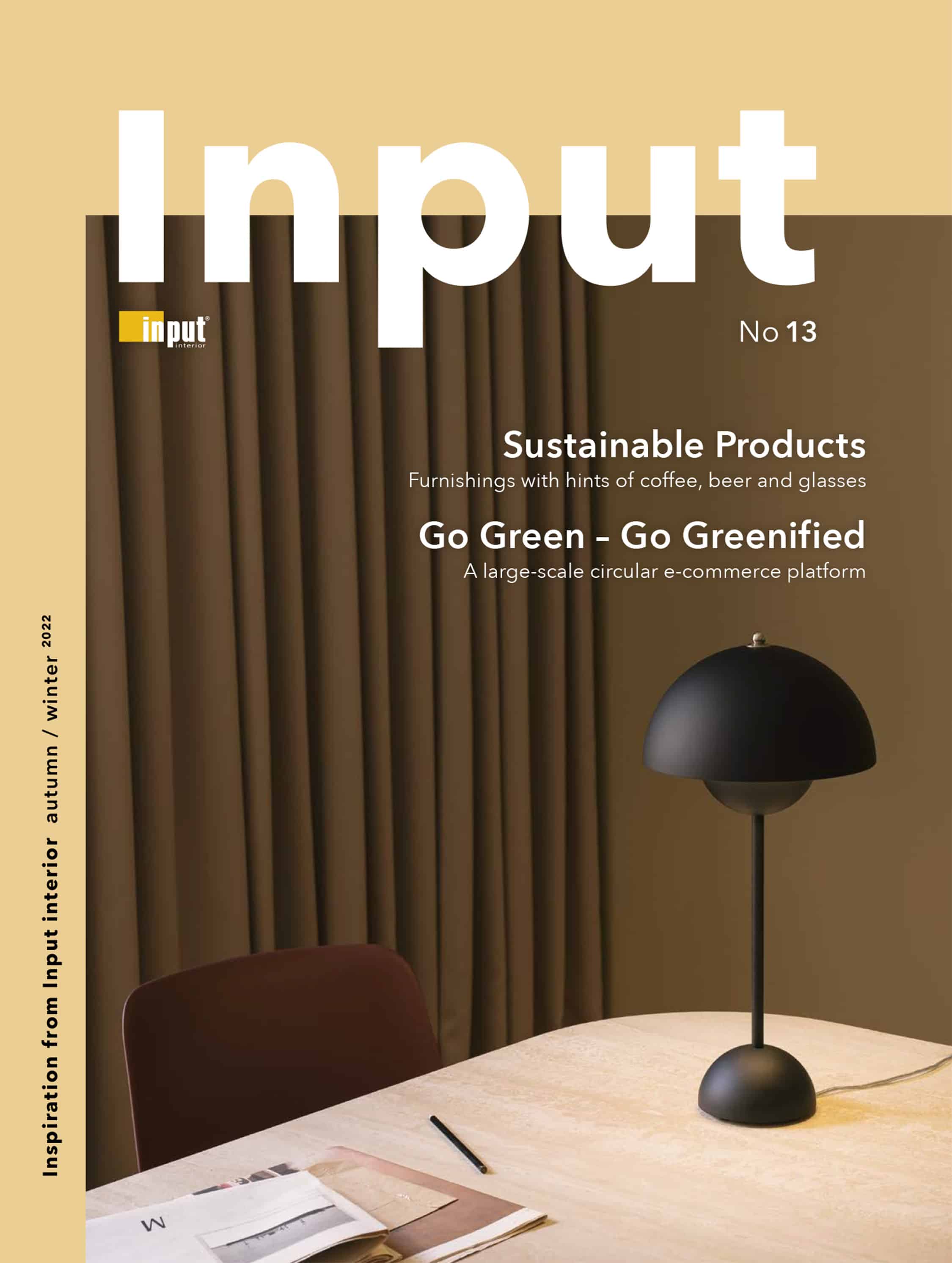Re-use and recycling at Linnaeus University
The new Linnaeus University in Kalmar places great emphasis on sustainability in terms of both material choices and energy-saving solutions. The interior design will also follow the same eco-conscious lines, with elements of the university’s existing furniture being reused or recycled in a sustainable manner.
One of the biggest building projects in Kalmar’s history, construction of the new Linnaeus University, is well under way. The new buildings by the harbour unite the whole of Linnaeus University in a single location in the city, and serve as a complement to the campus in Växjö. In addition to attracting Swedish and international students, the campus, with its cafés and restaurants, is a meeting place for both local residents and tourists. The Universitetskajen district is being constructed under the direction of Skanska, which focuses strongly on sustainable materials and energy-saving solutions. The university’s interiors are also characterised by green choices, with existing furniture being reused or recycled. Input interior, which is delivering the majority of the interior furnishings for the university, was also in charge of project management for the re-use process – a trend they have seen grow in response to the global climate challenges.
“One prerequisite for selling new interior furnishings to Linnaeus University was that we took responsibility for the entire re-use and recycling process for existing furniture. It’s a sound method for renewal projects and we have employed a similar process on many previous projects. We have accumulated know-how and experience that makes us confident in implementing this process,” says Erik Lundqvist, Regional Manager at Input interior.
Documented circularity
Linnaeus University commissioned Input interior to do an inventory and sort out the products that could be reused by the university or be utilised by other parties, in a circular cycle. Furniture that was unfit for use would be disposed of in an eco-friendly way. The process would be documented and ultimately presented in a report.
The most efficient option from an environmental perspective is reusing furniture. In total, 61% of Linnaeus University’s existing interior furnishings were given a new lease of life, either in the new premises or with a new owner. The remaining 39% was sorted and recycled in an eco-friendly manner. The process resulted in a saving of 112 tons of CO 2, which equates to driving over 700,000 kilometres by car.
“From management of the re-use process to deliveries and preliminary inspection of both recycled and new interior furnishings, we have experienced a transparent and positive collaboration with Input interior and their subcontractors,” says Tommy Andersson, Procurement Officer at Linnaeus University.
New and locally produced
In addition to re-use and recycling, Linnaeus University has invested in sustainable, new furnishings. This includes new furniture from Blå Station in Skåne and Småland company Lammhults
“The university now links together Växjö and Kalmar, and students and researchers from around the world visit it. So it’s great to be able to introduce them to Småland furniture traditions and crafts,” concludes Erik Lundqvist.
The first phase of Linnaeus University was completed in 2018, with subsequent relocation to the finished sections. The third and final stage will be concluded in 2020, at which point the whole university will be complete.























